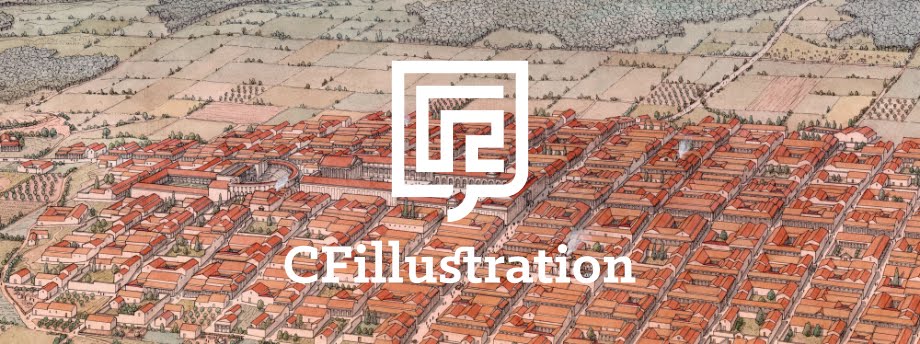Capela-Mausoléu de São Frutuoso de Montélios #1 | Chapel-Mausoleum of São Frutuoso of Montélios #1
A Capela de São Frutuoso ou Capela de São Frutuoso de Montélios, situada em S. Jerónimo de Real (Braga), é uma pequena capela datada da segunda metade do século VII.
Esta capela de traça Suevo-visigótica, parece ter sido inspirada nos Mausoléus bizantinos. O seu interior pode-se considerar como um exemplar único da Arquitectura da alta Idade Média Galaica.
Foi mandada edificar por São Frutuoso, bispo de Braga e de Dume e daí o seu nome actual. Inicialmente foi-lhe dado o nome decapela de São Salvador de Montélios.
In 656, Fructuosus of Braga, then Bishop of Bracara, founded on this site the Monastery of São Salvador, ordering the construction of the chapel, as his tomb. In the biography of his life, São Valerius confirms as much, mentioning that the saint who founded the convent was buried there (between 665 and 666).
In the 9th-10th century, the chapel was reconstructed and redecorated. From a document dated in 883, the chapel was reconsecrated to São Salavador, also affirming the original construction to between 656 and 665.
It is a uniquely rare example of Visigothic structures in Portugal, based on a Greek-cross, which may have followed the design of a Byzantine mausoleum comparable to the Galla Placidia, in Ravenna.








